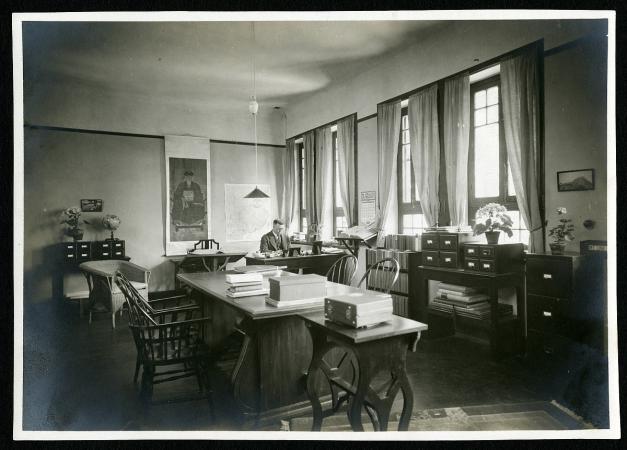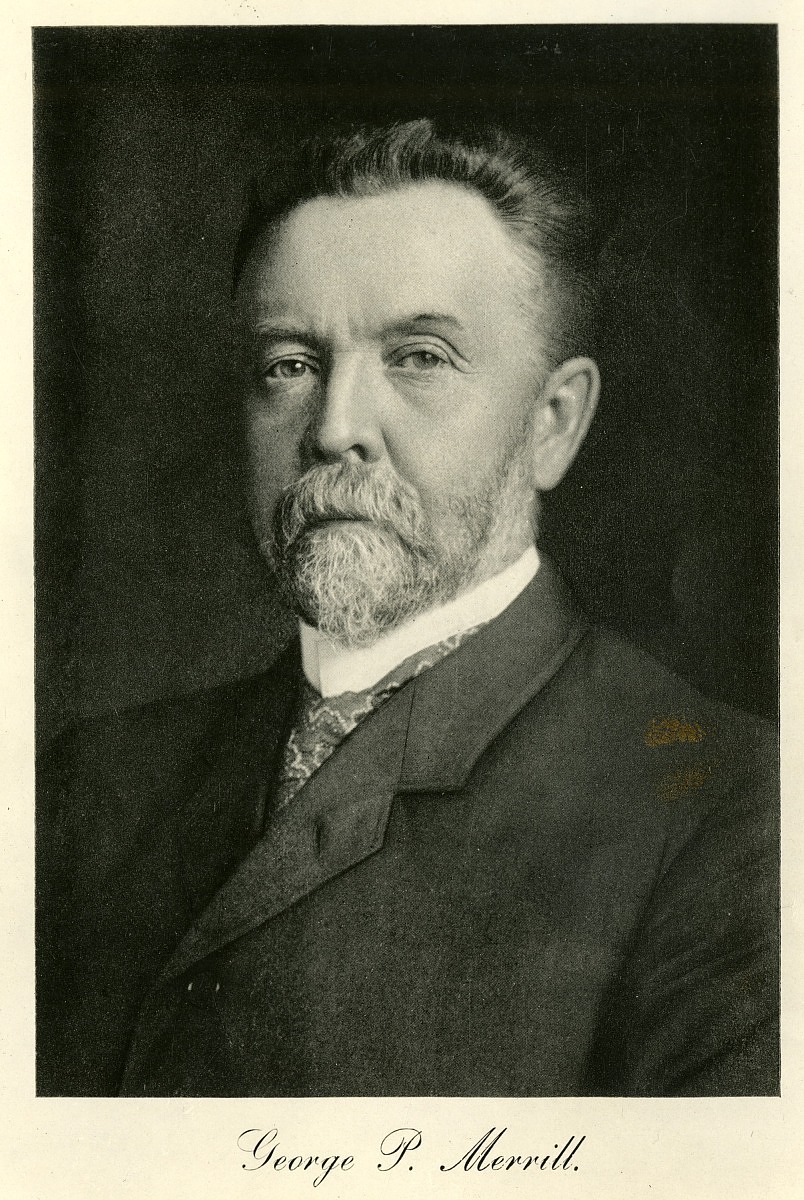Vicarious research is one of the great joys of the reference desk at the Smithsonian Institution Archives. From our front-row (well, only-row) seat outside the reading room, we catch tantalizing glimpses of our patrons’ manifold research topics.
The reference team fields around 6,000 queries per year. Ask us what people have been researching recently, and you’ll get into some of the enlightening, weird, and fascinating details of our collections. Here is a sample of the diverse questions Smithsonian Institution Archives’s researchers have been exploring for the past few months!
Here are some of the subjects that have recently passed through the reference team’s inbox:
- History of beavers in Arizona
- Meteorite donated to the Smithsonian by Japanese internment camp survivors Yoshio Nishimoto and Akio Ujihara
- True crime stories from the Smithsonian
- The Sixth International Philatelic Exhibition, held in Washington, D.C. in 1966
- Warren Robbins’ correspondence with African American painter Ernie Barnes
- Joseph Henry and the American Colonization Society
- History of the Smithsonian Astrophysical Observatory library
- Venezuelan bird specimens collected by Foster D. Smith

Subjects of Smithsonian Archives images to be featured in upcoming publications include:
- Carl Whiting Bishop, photographed in his office, for Xiuqin Zhou’s The Six Stone Horses of Zhao Ling: Creation and Separation
- Images of the racehorse Lexington’s skeleton for PBS NewsHour
- Photos of Lois Bingham, head of the International Art Program
- Contact sheet of the Tractorcade for the upcoming book Revolutionary Red Tractors: Technology that Transformed American Farms
- Installation views of the 1971 exhibition “Slovenes in America” for display at the Slovenian embassy
- Photo of Moonwatch volunteers for an upcoming book on the history of the Pisgah Astronomical Research Institute
Stony remnants in Record Unit 158
One of the richest single collections in the Archives is Record Unit 158, the curators’ annual reports of the U.S. National Museum. It has some of everything: descriptions of the department staff’s work duties during the year; details on accessions; complaints about jar and label supplies; complaints about the cold. For one researcher this summer, Record Unit 158 also helped unlock the origin story of a celebrated scientist.
The 1907 curator’s annual report of the Department of Geology reads:
Miss Mary W. Porter, of Oxford, England. Occupied a table in the department somewhat intermittently from November 20, 1906, to February 9, 1907. She was engaged in the study of ancient building and decorative stones.
Mary Winearls Porter, the 20-year-old daughter of a diplomat, had already done some cataloguing and translation work in the geology collections of the Oxford University Museum. Now, she was tagging along on her father’s trip to the United States so she could continue her scholarship on marbles. She just needed to get into the collections.
Both Porter and her father petitioned George P. Merrill, head of the U.S. National Museum’s Department of Geology, to provide her a place for study. A day later, Assistant Secretary Richard Rathbun granted her request. “He will gladly afford you every facility in his power for carrying on your work,” Rathbun responded.

Merrill, it seems, did much more than grant her a table to examine rock specimens. A few months after Porter left Washington, Oxford published her first book, What Rome Was Built With. Merrill’s input is present throughout every single chapter—in the acknowledgments, citations, and text.
And what became of Mary Winearls Porter? Finally overcoming her parents’ objections to formal education, she was awarded a bachelor’s degree from Oxford University in 1918; worked alongside pioneering female geologist Florence Bascom; received a doctoral degree from Oxford; and became the mentor of a Nobel Prize winner, X-ray crystallographer Dorothy Hodgkin.
Related Resources
- "Hot Topix in Archival Research, Spring 2022" by Deborah Shapiro, The Bigger Picture, Smithsonian Institution Archives
- "Hot Topix in Archival Research, Winter 2022" by Deborah Shapiro, The Bigger Picture, Smithsonian Institution Archives
- "Hot Topix in Archival Research, Fall 2021" by Deborah Shapiro, The Bigger Picture, Smithsonian Institution Archives
Produced by the Smithsonian Institution Archives. For copyright questions, please see the Terms of Use.

Leave a Comment